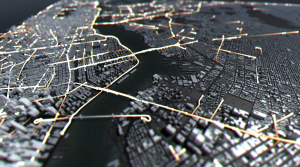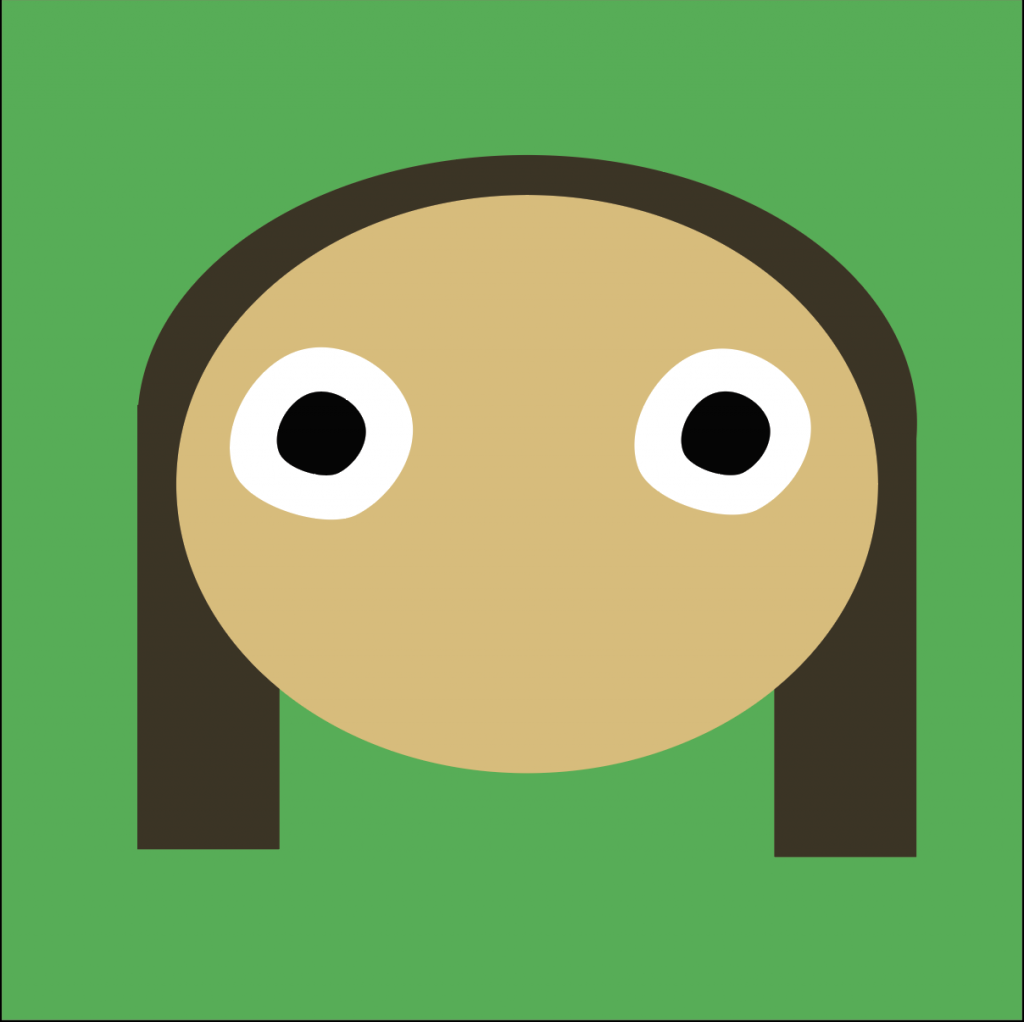//Jina Lee
//Section E
//jinal2@andrew.cmu.edu
//Project-02
//variables
var headW = 290;
var headH = 290;
var LeftBrow = 250;
var RightBrow = 250;
var noseW = 50;
var noseH = 50;
var mouth = 80
function setup() {
createCanvas(480, 640);
//Random Colors
r = random(255);
g = random(255);
b = random(255);
}
function draw() {
background(80, 182, 226);
noStroke();
//body
noStroke();
fill(255, 153, 153);
ellipse(100, 600, headW * 1.5, headH * 1.5);
//head
fill("beige");
ellipse(240, 320, headW, headH);
//nose
fill(190, 90, 90);
ellipse(240, 320, noseW, noseH);
//eye whites
fill("white");
circle(170, 280, 60);
circle(310, 280, 60);
//pupils
fill(r, g, b, 127);
circle(170, 280, 40);
circle(310, 280, 40);
//eyebrows
strokeWeight(20);
stroke(180, 90, 90);
line(140, LeftBrow, 200, RightBrow);
line(340, LeftBrow, 280, RightBrow);
//mouth
noFill();
strokeWeight(10);
arc(230, 380, mouth, mouth, PI / 7, PI);
//ear
noStroke();
fill("beige");
ellipse(100, 300, 30, 40);
noStroke();
fill("beige");
ellipse(380, 340, 30, 40);
}
function mousePressed() {
var d = dist(mouseX, mouseY, 400, 400);
if (d < 400) {
r = random(255);
g = random(255);
b = random(255);
noseW = random(20, 80);
noseH = random(70, 100);
headW = random(260, 300);
headH = random(260, 300);
LeftBrow = random(200, 250);
RightBrow = random(200, 250);
mouth = random(80, 100);
}
}When I first started this project, I wasn’t sure where to start. At first, I had a hard time understanding the codes that were used to change the drawing when your mouse clicked on it. I made multiple different iterations, because I was unable to understand the formula correctly for a while. Later, I was finally able to grasp the concept and make my face. I used primitive shapes for the face so that I could focus more on the variabilities. I tried making all the parts of the face have variability. Afterwards, I tried having variability in the eye color which I went to the p5.JS reference page to understand better.
![[OLD FALL 2019] 15-104 • Introduction to Computing for Creative Practice](../../../../wp-content/uploads/2020/08/stop-banner.png)





